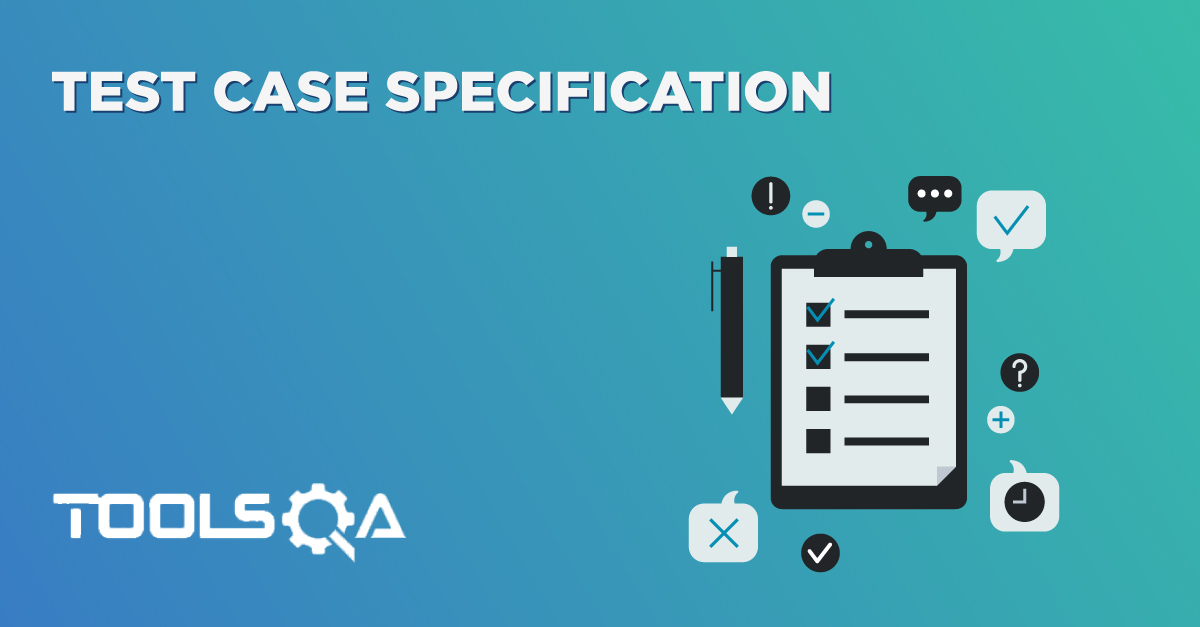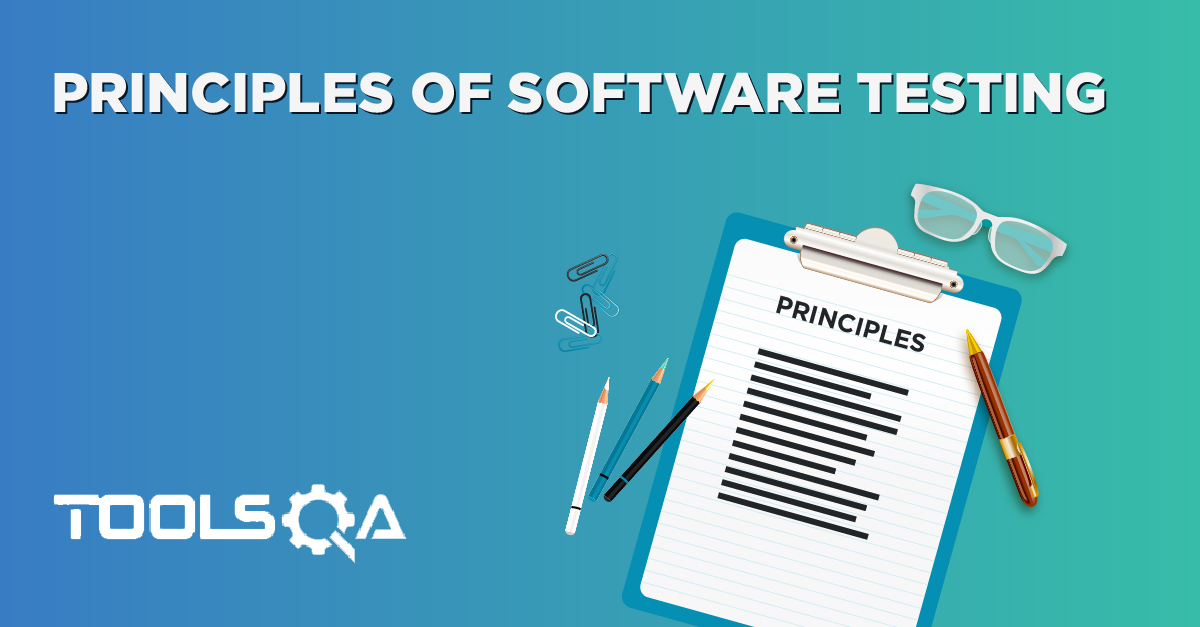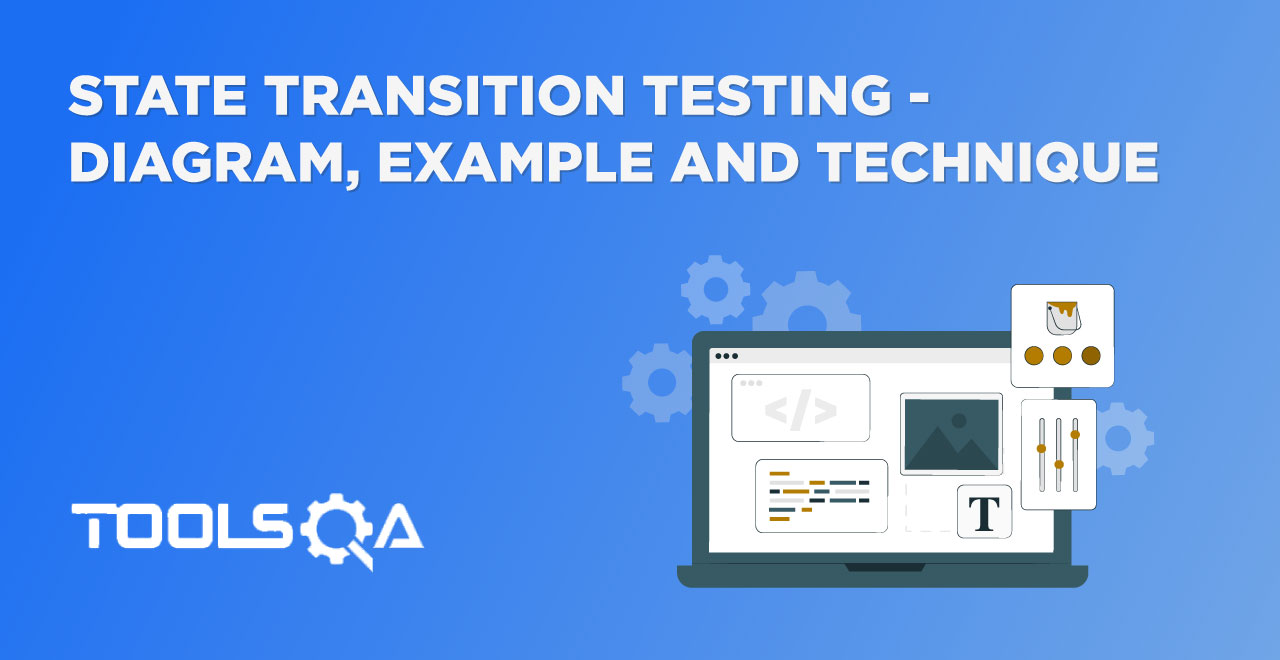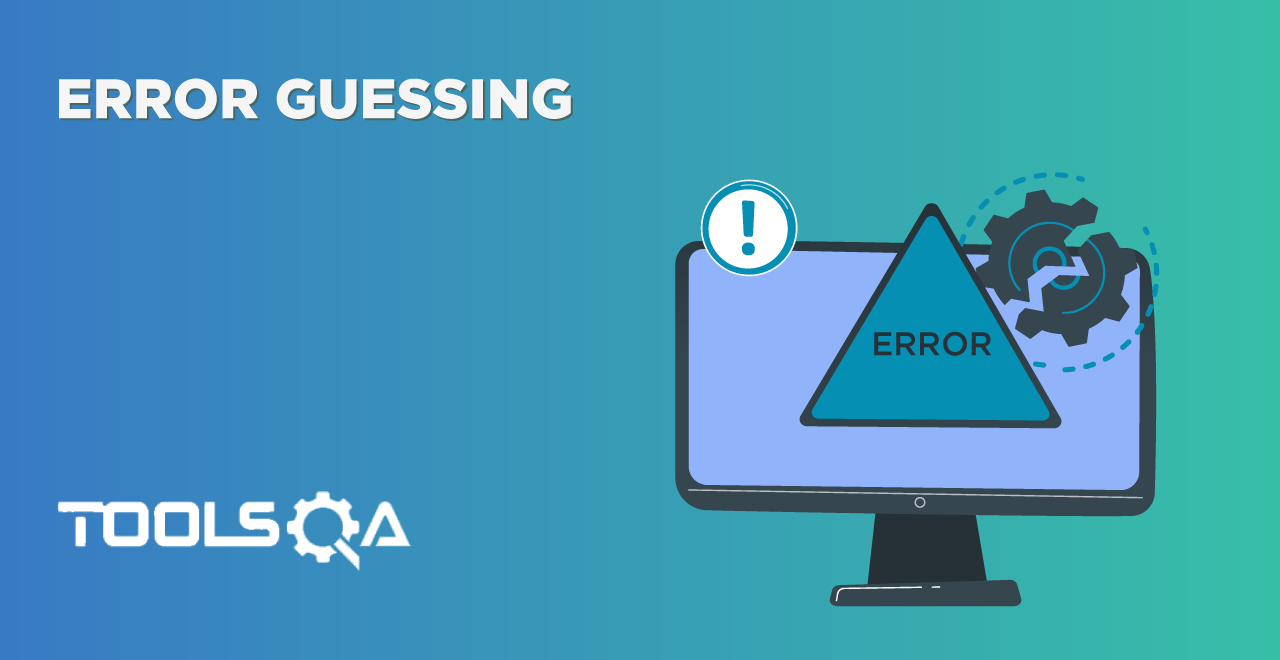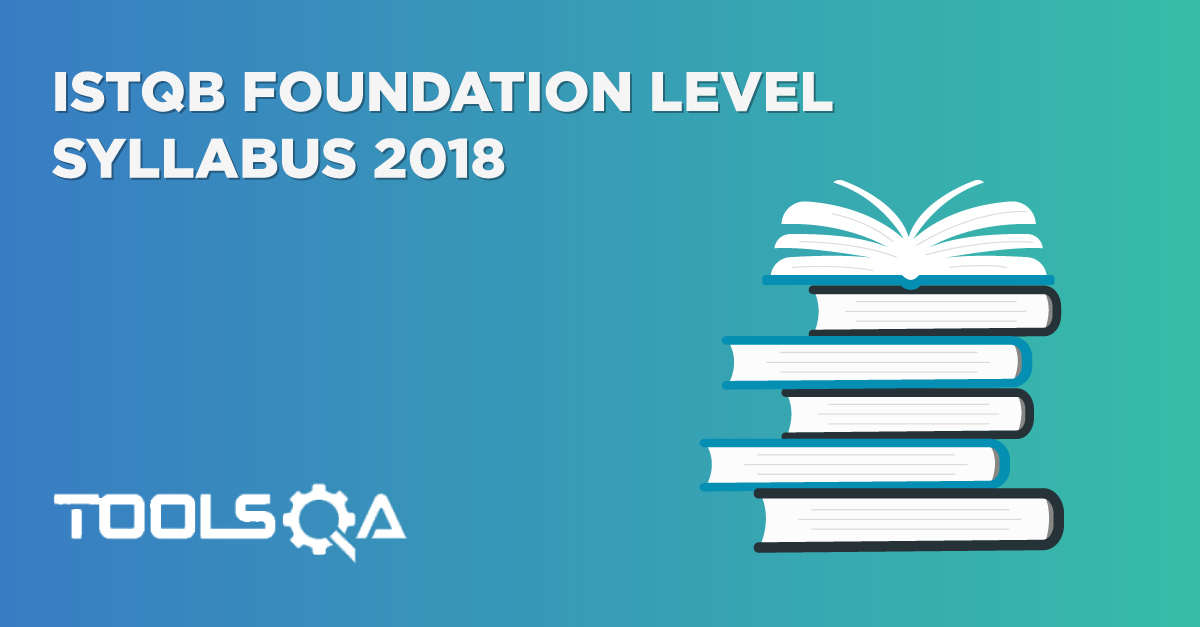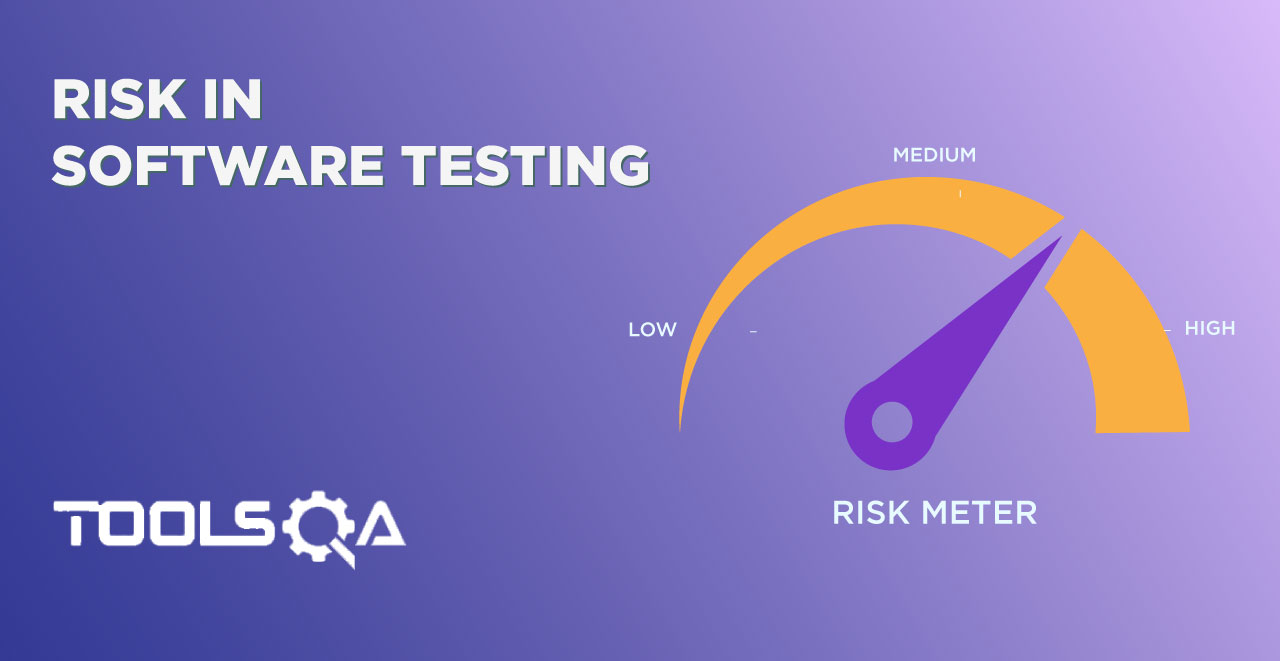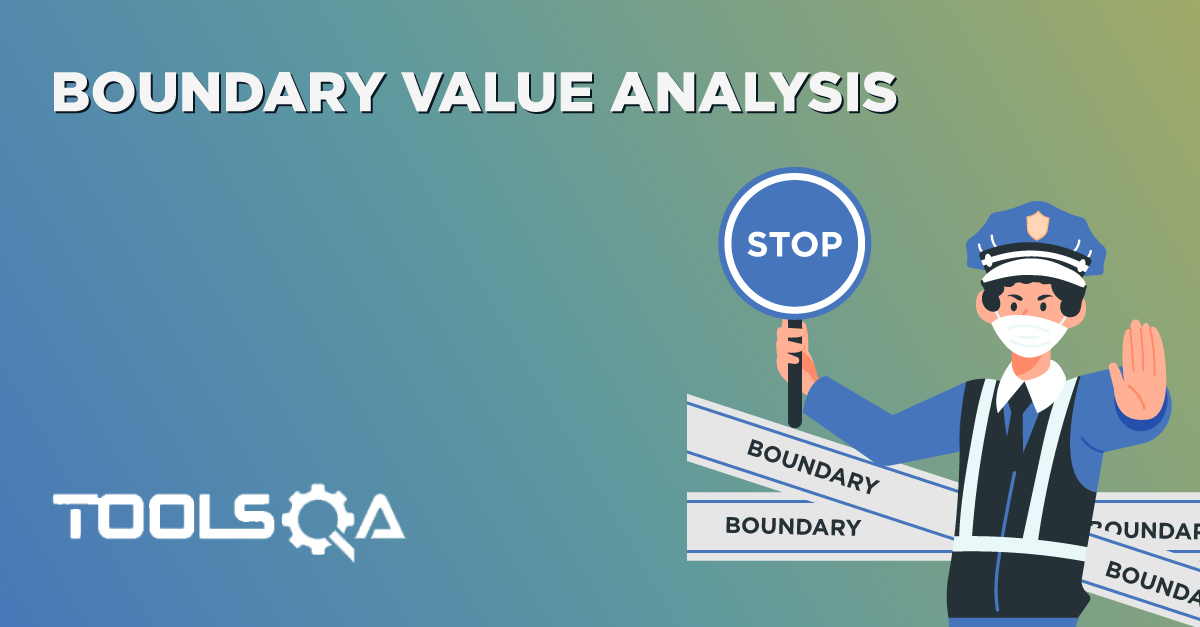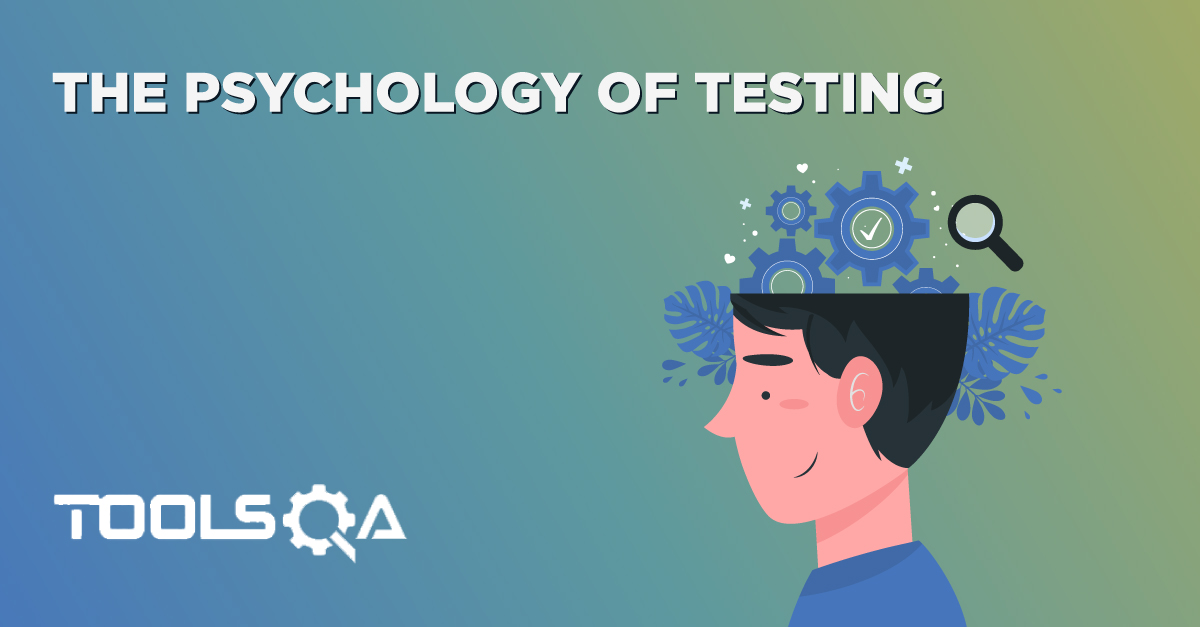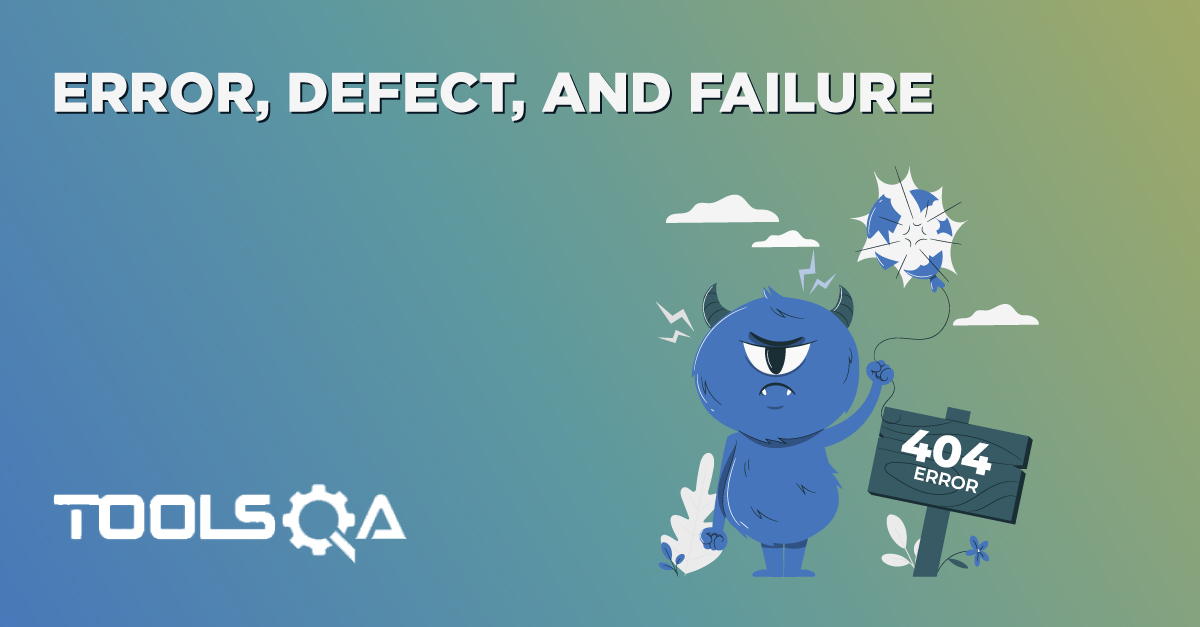What is Test Scenario?
Test Scenario is made up of two words (Test & Scenario). Where Test means to verify or validate and Scenario means any user journey. When combined it says verify user journey. It is also called Test Condition or Test Possibility means any functionality that can be tested.
Most of the times people get confused with the term Test Scenario & Test Case. Test Scenario is what to be tested and a Test Case is how to be tested. Please take a look at the difference between Test Scenario and Test Condition.
Example
Test Scenario: Validate the login page
- Test Case 1: Enter a valid username and password
- Test Case 2: Reset your password
- Test Case 3: Enter invalid credentials
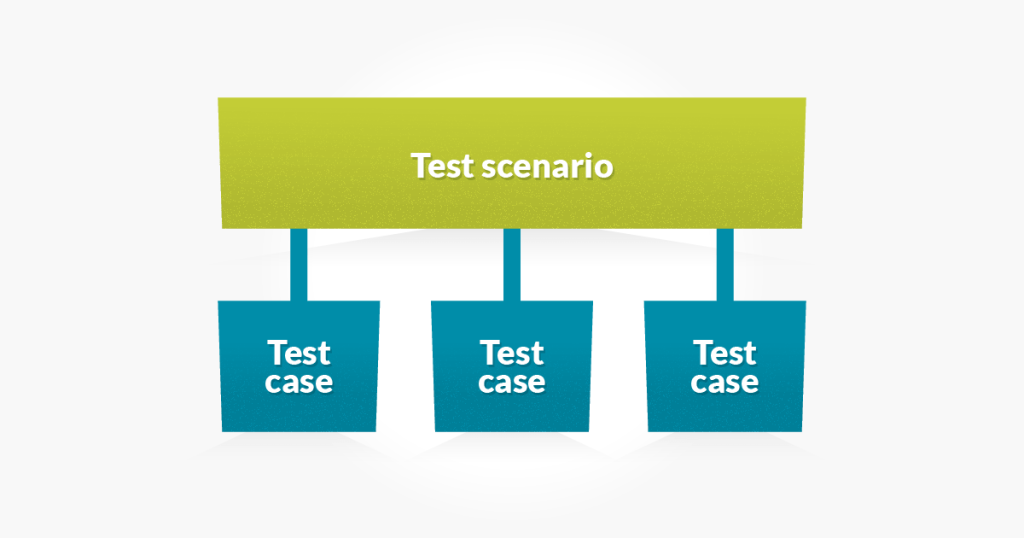
What is Scenario Testing?
The exhaustive testing is not possible due to a large number of data combinations and a large number of possible paths in the software. Scenario testing makes sure that end to end functionality of application under test is working as expected and ensures that all business flows are working as expected. As Scenarios are nothing but the User journeys, in scenario testing tester puts themselves in the end users shoes to check and perform the action as how they are using application under test.
What are the Pre-requisites for writing Test Scenarios?
The preparation of scenarios is the most important part. The tester needs to consult or take help from the Client, Business Users, BAs (Business Analyst) or Developers. Once these test scenarios are determined, test cases can be written for each scenario. Test scenarios are the high-level concept of what to test.
- Tester must have a good understanding of the business and functional requirements of the application. Scenarios are very critical to business, as test cases are derived from test scenarios. So any miss in Test Scenario would lead to missing of Test Cases as well. That is why Scenario writer plays an important role in project development. A single mistake can lead to a huge loss in terms of cost and time.
- Tester must have gone through the requirements carefully. In case of any doubts or clarification, POCs (Point of Contact) should be contacted.
- Understand the project workflow, and wireframes (if available) and relate the same to the requirement .
Things to note while writing Test Scenario:
- Test Scenarios should be reviewed by the Product Manager/Business Analyst or anyone else who understands the requirements really well.
- Domain knowledge is important to get a deeper understanding of the application.
- Test scenarios must cover the negative and out-of-the-box testing with a ‘Test to Break’ attitude.
- Scenario mapping should be done to make sure that each and every requirement is directly mapped to a number of scenarios. It helps in avoiding any miss.
- Ensure that every identified scenario is a story in itself.
